Navratri, the nine-night festival dedicated to the nine forms of Goddess Parvati, fills the hearts of Hindu devotees with boundless enthusiasm and devotion. On the second day of Navratri, the spotlight shines on Goddess Brahmacharini, also known as Brahmacharini Maa. Her name, derived from “Brahma” (penance) and “Charini” (one whose behavior aligns with penance), signifies her role as the embodiment of unwavering devotion and austerity. Let us dive deeper into the persona, legend, significance, and rituals surrounding this divine form of Maa Durga.
Symbolism of Devi Brahmacharini
The image of Brahmacharini Devi is a captivating one. She gracefully holds a Kamandal (water pot) in her left hand and a Japa Mala (rosary) in her right, her attire a white saree with a vibrant orange border. Adorned with Rudraksha beads, her serene and calm appearance is both captivating and inspiring. Brahmacharini Maa stands as a beacon of love, loyalty, knowledge, wisdom, and single-minded dedication, being considered the mightiest among the Nava Durgas. Her celestial influence extends to the planet Mars, known as Mangal.
The Tale of Maa Brahmacharini
In her previous incarnation as Devi Shakti, Goddess Parvati self-immolated due to her father Prajapati Daksha’s disrespect for her husband, Lord Shiva. With the unwavering determination to be united with Lord Shiva, Parvati embarked on a remarkable journey. She followed a path of severe austerity and extreme penance, enduring unimaginable hardships. For one thousand years, she subsisted on fruits and beet-roots, followed by one hundred years of sustenance solely from leafy vegetables.
Simultaneously, deities sought to awaken Lord Shiva from his deep meditation, as a demon named Tarkasura threatened the heavens. Kamadeva, the God of love, was implored to invoke desire in Lord Shiva’s heart for Parvati. However, this act led to Kamadeva’s fiery demise at the hands of Lord Shiva.
Parvati’s penance continued relentlessly amidst the torment of nature’s elements, including torrential rains, scorching sun, and biting cold. She survived on Bilva leaves for millennia, eventually forsaking even them. Her unyielding devotion led to her being called “Aparna.” Thousands of years passed with Parvati’s unwavering focus solely on Lord Shiva.
Lord Shiva, recognizing the depth of Brahmacharini Maa’s penance, appeared before her in the guise of an ascetic. He attempted to dissuade her from continuing her rigorous penance, but her resolve remained unshaken. Impressed by her devotion, Lord Shiva accepted her as his wife. The union of Shiva and Shakti was restored, and Brahmacharini Devi’s intense penance concluded. Her name “Brahmacharini” signifies her luminous, tranquil, and majestic form.
This union of Lord Shiva, symbolizing the self, and Maa Durga/Parvati, representing the mind, illustrates the culmination of penance and self-control to attain self-realization. Brahmacharini Devi’s journey exemplifies patience, focus, and dedicated devotion.
Significance of Worshipping Brahmacharini Maa
The puja of Brahmacharini Maa on the second day of Navratri carries profound significance:
Emotional Strength: Devotees seek Maa Brahmacharini’s blessings for emotional fortitude, enabling them to maintain mental equilibrium and confidence even in the face of adversity.
Steadfastness: The Goddess inspires individuals to uphold their ethical values and persevere in their duties, regardless of obstacles.
Knowledge and Wisdom: Brahmacharini Devi imparts knowledge and wisdom to her devotees, empowering them to make informed choices.
Victory: Worshiping Goddess Brahmacharini ensures success in various life endeavors.
Family Harmony: Devotees believe that her worship fosters love, peace, and harmony within families.
Patience: Brahmacharini Maa’s puja encourages the development of patience and mental composure in challenging circumstances.
Fear Removal: Her blessings are thought to dispel all fears from life.
Brahmacharini Puja Vidhi at Home
Performing Brahmacharini Maa’s puja at home during Navratri involves several sacred rituals:
Kalash Sthapana
Commence by establishing a Kalash (holy water pot) filled with Ganga jal, betel nut (supari), coins, Akshat (raw rice mixed with turmeric powder), and Durva grass. Adorn the pot’s exterior with a Swastik symbol using red Kumkum.
Mango Leaves and Coconut
Encircle the Kalash’s neck with five mango leaves, concealing it with a coconut wrapped in red cloth and secured with a sacred red thread.
Akhand Jyoti
Illuminate an Akhand Jyoti (continuous ghee lamp) that remains lit throughout the nine days of Navratri.
Sankalp
Take a solemn vow (Sankalp) to observe a nine-day fast and pray for Goddess Brahmacharini’s blessings to successfully complete the fast.
Offerings
Present white flowers, lotus, Pista Barfi (sweets), red Chunri, bangles, Kumkum, incense, camphor, and Naivedyam to Devi Brahmacharini.
Mantras
Chant Maa Brahmacharini Mantras while performing Aarti and reciting Durga Saptasati.
Mantras for Brahmacharini Devi:
Beej Mantra
“Om Braam Breem Broom Brahmcharinyai Namah”
Brahmacharini Maa Mantra
“Dadhana Karpadma Abhyamaksh Mala Kamandalu | Devi Prasidatu Mayi Brahmacharinya Nuttama”
Benefits of Maa Brahmacharini Puja or Worship
Worshiping Goddess Brahmacharini on the second day of Navratri bestows the following blessings:
- Strength, determination, and courage to overcome life’s challenges.
- Calmness of mind, solitude, and self-confidence.
- Unwavering perseverance in duties, regardless of obstacles.
- Knowledge and wisdom.
- Success in endeavors.
- Family harmony.
- Mental equilibrium and patience.
- Freedom from fear.

Navchandi Maha Puja at Rudralife
Navchandi Maha Puja is a special nine-day celebration organized during Navratri, with precise timings guided by the auspicious Muhurat.
Our dedicated team of two pandits, under the planetary influence of Ketu, will lead you through this divine journey. Navratri, an ode to the nine forms of Adi Shakti Devi Durga, embodies profound spiritual significance. This festival, following the lunar calendar, signifies the arrival of both spring and autumn.
Each day, we pay homage to one of Devi Durga’s incarnations, commencing with Devi Shailputri and concluding in grandeur on the tenth day. These rituals, prayers, and introspection encourage new beginnings and spiritual purification.
As a special note, we cherish Rudraksha beads, particularly the 9 Mukhi Rudraksha, believed to carry Devi Durga’s blessings. Wear or gift these beads during Navratri for spiritual elevation.
Our comprehensive Puja includes various rituals, such as Abhishek, Mantra Japa, Homam, and Aarti, to seek the blessings of Devi Durga and invoke her divine grace for prosperity and spiritual growth.
To watch this year’s LIVE Devi Brahmacharini Puja , click here.
If you wish to organize a Sankalp Puja for yourself or participate in the upcoming Pujas, message us via WhatsApp on +91-72088 19922.







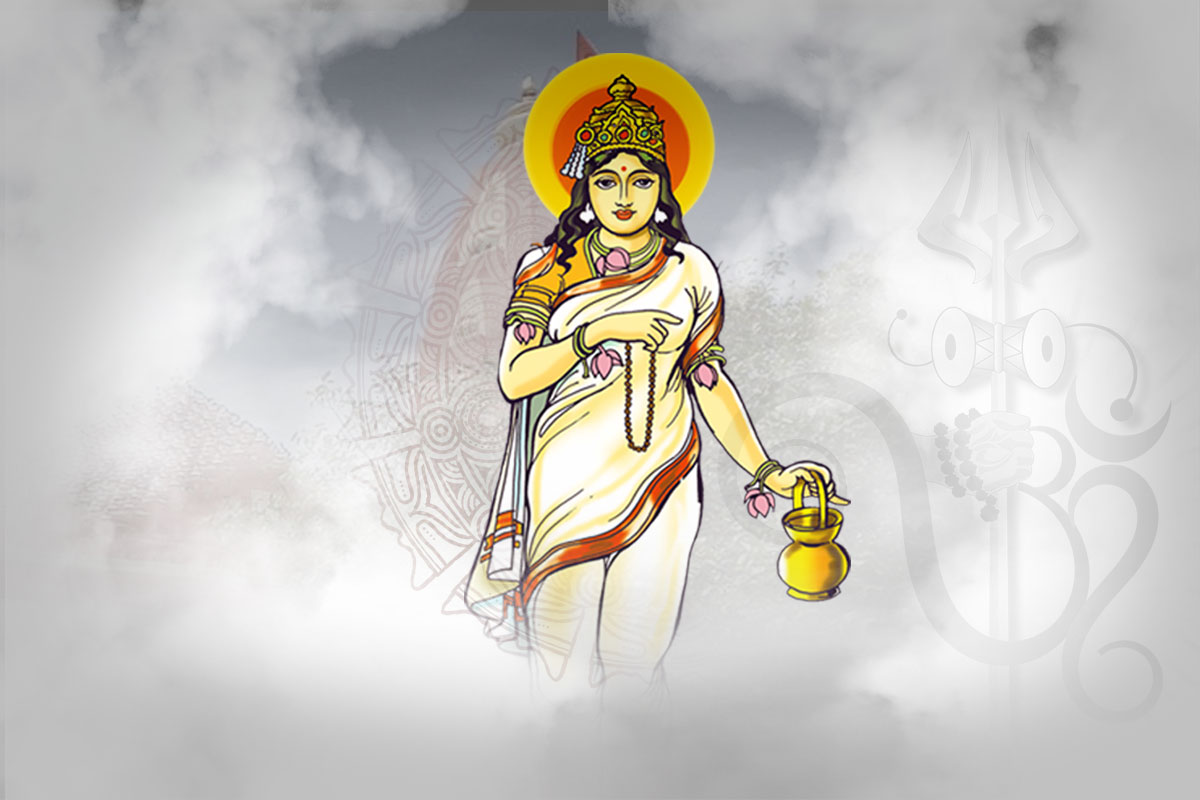





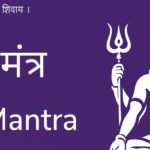
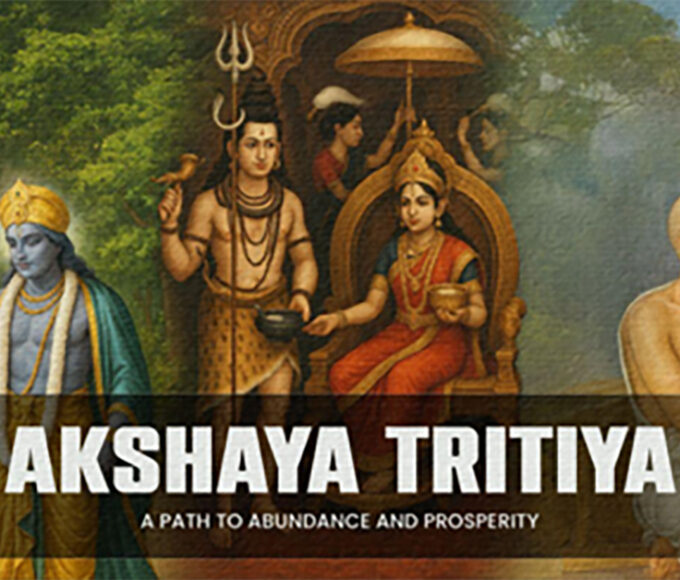
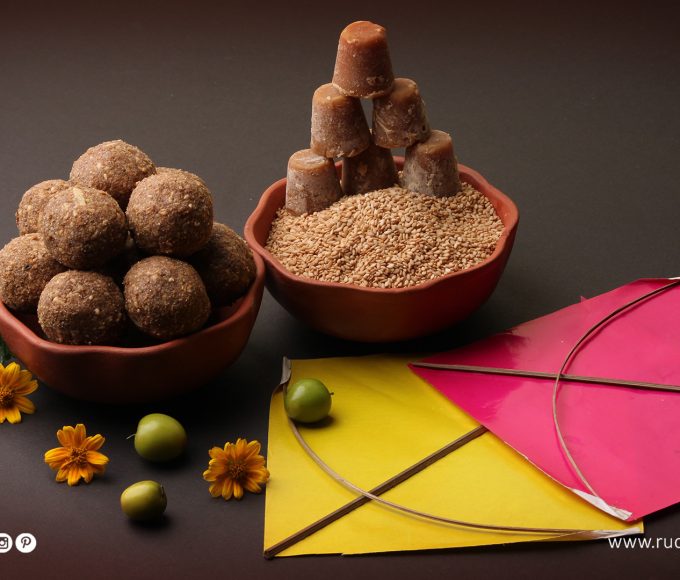
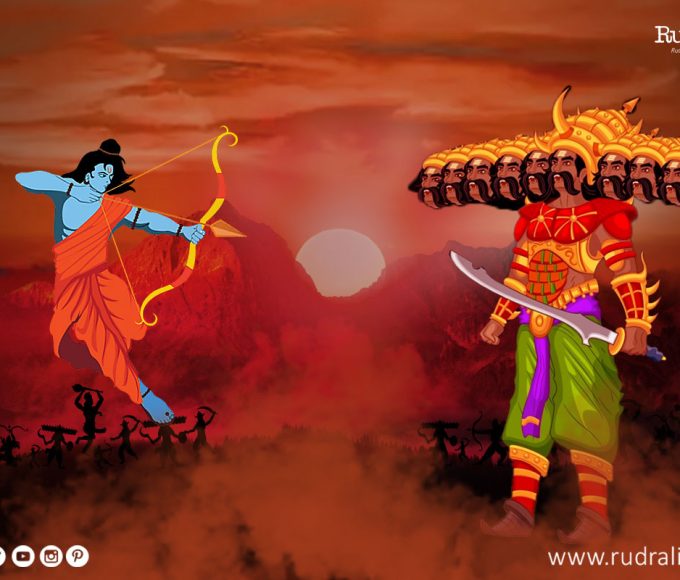

Leave a comment